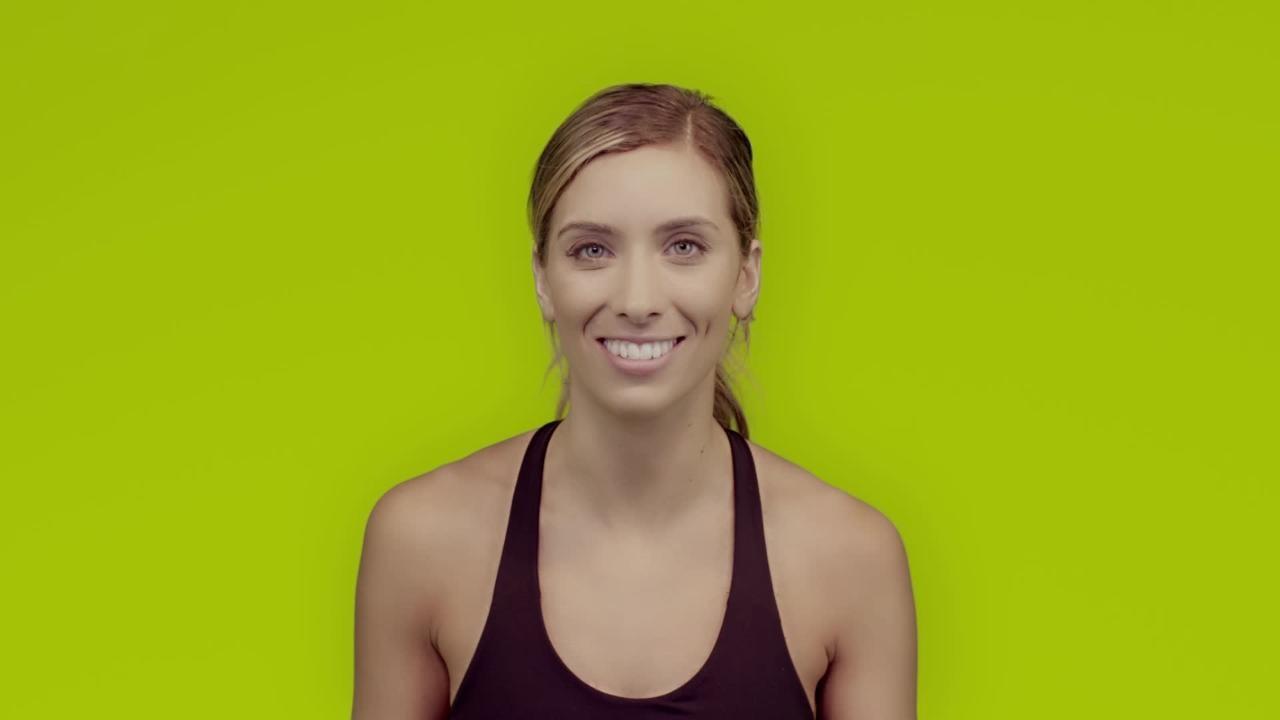
Video: Neck pain exercises
Peer reviewed by Dr Sarah Jarvis MBE, FRCGPLast updated by Lilly Sabri, MHPCLast updated 29 Nov 2017
Meets Patient’s editorial guidelines
- DownloadDownload
- Share
- Language
- Discussion
Neck pain is very common but in most cases is not caused by a serious problem. Pain is more likely to be muscular and the exercises outlined here are recommended to ease symptoms.
In this article:
Playlist: Neck Pain Exercises
3 videos
Neck Pain - Range of Movements
Lilly Sabri, MHPC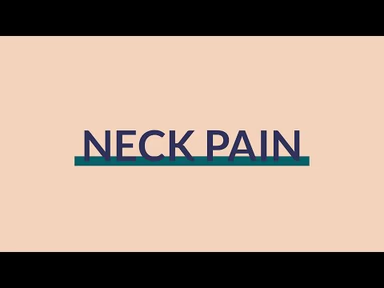
Neck Pain - Range of Movements
Lilly Sabri, MHPC
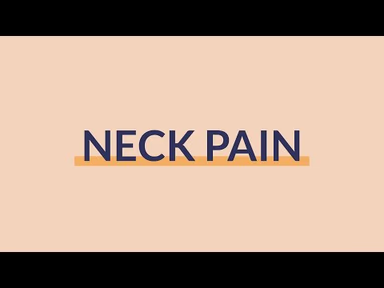
Neck Pain - Postural Exercises
Lilly Sabri, MHPC
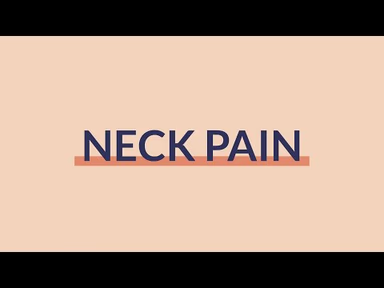
Neck Pain - Isometric Exercise
Lilly Sabri, MHPC
If you have severe neck pain, if your neck pain has not improved after two weeks, or if you are experiencing any of the following symptoms, you should contact your doctor: dizziness; changes to your swallowing or speech; double vision; fainting; nausea; flickering of the eyes; face numbness; weakness in your arms or hands; unexplained weight loss or gain; or night pain and sweats.
Most cases of neck pain resolve on their own within two weeks, and full recovery is made within 4-6 weeks. Should pain worsen or persist for longer than two weeks, please contact your doctor for a referral to a physiotherapist
Once your symptoms are controlled it's worth getting into the habit of doing them once or twice a day to reduce the risk of symptoms coming back.
Continue reading below
Range of movement exercises
Complete all of these exercises in an upright sitting position. Tuck the chin towards the chest, as if holding a tennis ball in the neck. Rest your hands on your knees.
Shoulder rolls (forward and back)
Complete shoulder rolls, taking the shoulder up, back and down.
Complete 20 rolls forward and 20 rolls back, twice daily.
Shoulder shrugs
Take a deep breath in and raise your shoulders up towards your ears; on the breath out let the shoulders drop down away from your ears as the tension decreases in the neck muscles.
Complete 10 times, twice daily.
Shoulder blade squeezes
Firstly, relax your shoulders away from the ears.
Then squeeze the shoulder blades together as if to squeeze water out of an imaginary sponge in between the shoulder blades.
Hold this position for 20 seconds and repeat 10 times, twice daily.
Neck stretches
Complete all of these exercises in sitting, in an upright position.
Neck rotations
Take your chin down towards your chest, as you take a deep breath in rotate the neck in a circular motion to take your ear towards your shoulder.
Stop as the ear reaches the shoulder and then repeat in the opposite direction as you breathe out.
Repeat 10-16 times in each direction.
Upper trapezius stretch
Place your right hand underneath your buttocks and sit on your hand, to prevent the right shoulder raising.
Drop your left ear towards left shoulder to feel a stretch in the upper trapezius muscle - the large muscle on the side of your neck.
Increase this stretch by gently placing your left hand on the right ear and allow the weight of the hand and arm to increase the stretch.
Hold the stretch for 20 seconds; repeat three times on each side, twice daily.
Levator scapula stretch
Place your right hand underneath your buttocks and sit on your hand, to prevent the right shoulder raising.
Rotate your head, taking your eye gaze to your left hip; drop your head to then look at your left armpit.
Place your left hand on your head, cupping the back of the head, and increase the stretch by gently applying a light pressure downwards.
Hold the stretch for 20 seconds; repeat three times on each side, twice daily.
Upper cervical spine stretch (upper neck)
Interlock your fingers and place your hands behind the head, draw the elbows together and take the chin towards your chest.
Increase the stretch by gently applying a light pressure downwards.
Hold the stretch for 20 seconds; repeat three times, twice daily.
Upper back stretch
Move forward in your chair and lift your arms up into the stop position - a 90° angle at the shoulder and elbows.
Squeeze the shoulder blades together as if to squeeze water out of an imaginary sponge in between the shoulder blades. Keeping the eye gaze forward and chin tucked towards the chest.
Hold the stretch for 20 seconds; repeat three times, twice daily.
Continue reading below
Postural exercises
Upper cervical spine extension (chin tuck)
Complete this exercise sitting in an upright position, or lying on the floor with your knees bent.
Squeeze the shoulder blades together as if to squeeze water out of an imaginary sponge in between the shoulder blades.
Tuck the chin towards the chest imagining you're trying to hold a tennis ball on your neck.
Hold this position for 10 seconds and repeat 10 times, twice daily.
Upper body posture
Stand with your back, head and heels against the floor.
Squeeze your shoulder blades together, keeping your shoulders down and chin tucked towards your chest
To progress this exercise, lie on your stomach with your forehead resting on the floor and arm resting by the side of the body, palms facing upwards.
Squeeze the shoulder blades together, as if to squeeze water out of an imaginary sponge in between the shoulder blades.
To progress further, lift the shoulders and upper body off the floor. Squeeze the shoulder blades together, making sure you keep looking down to the floor with the chin tucked to the chest. If you have current lower back problems do not complete this progression.
Hold this position for 10 seconds and repeat 10 times, twice daily
Chest opening stretch
Roll up a small hand towel into a sausage shape.
Lay on top of the towel, positioning it in between the shoulder blades, vertically along the spine.
Support the head and neck on a thin pillow.
Bend your knees and allow the shoulder blades to fall towards the floor as your chest muscles relax and open. Keep your palms facing upwards.
To progress, take the arms into the stop position, shoulders and elbows at 90° with the palms facing upwards, and repeat postural exercise.
Take deep breaths and hold here for 1-5 mins as the muscles and joints relax.
Isometric strengthening
For people with long-standing chronic neck problems (not acute)
These exercises are appropriate strengthening exercises for those people with chronic neck pain.
Sitting upright in your chair, place hand on forehead.
Apply 50% pressure to forehead with your hand; resist this by pushing your head back into your hand.
Repeat the same exercise, this time using the hand to apply the pressure to the side of your head, just above your ear.
Hold this position for 20 seconds and repeat three times, twice daily.
Continue reading below
Why are physiotherapy exercises used for neck pain?
The most common causes of neck pain are cervical spondylosis, physical or stress-related muscle tension and whiplash.
Cervical spondylosis is thinning of the spinal discs and wearing of the spinal joints, resulting in decreased space between the spinal bones. This occurs as a result of overuse of the joints over many years and can be worsened by poor posture.
The aim of physiotherapy is to provide you with exercises to help strengthen and stretch the muscles around these joints and help relieve pain.
The benefits of massage and heat
Massage has many benefits, including physical and psychological.
Massage helps to reduce pain by relaxing the muscles through the heat it generates, stretching the muscle tissue and increasing circulation.
Self-massage can be completed by applying a downward and rotational pressure on the neck muscles, using the hands or with a small massage ball.
The application of heat is also recommended to help relax the muscles and thus ease pain. Heat application comes in different forms, including heat packs, rubs, a warm bath or shower.
Patient picks for Neck and shoulder
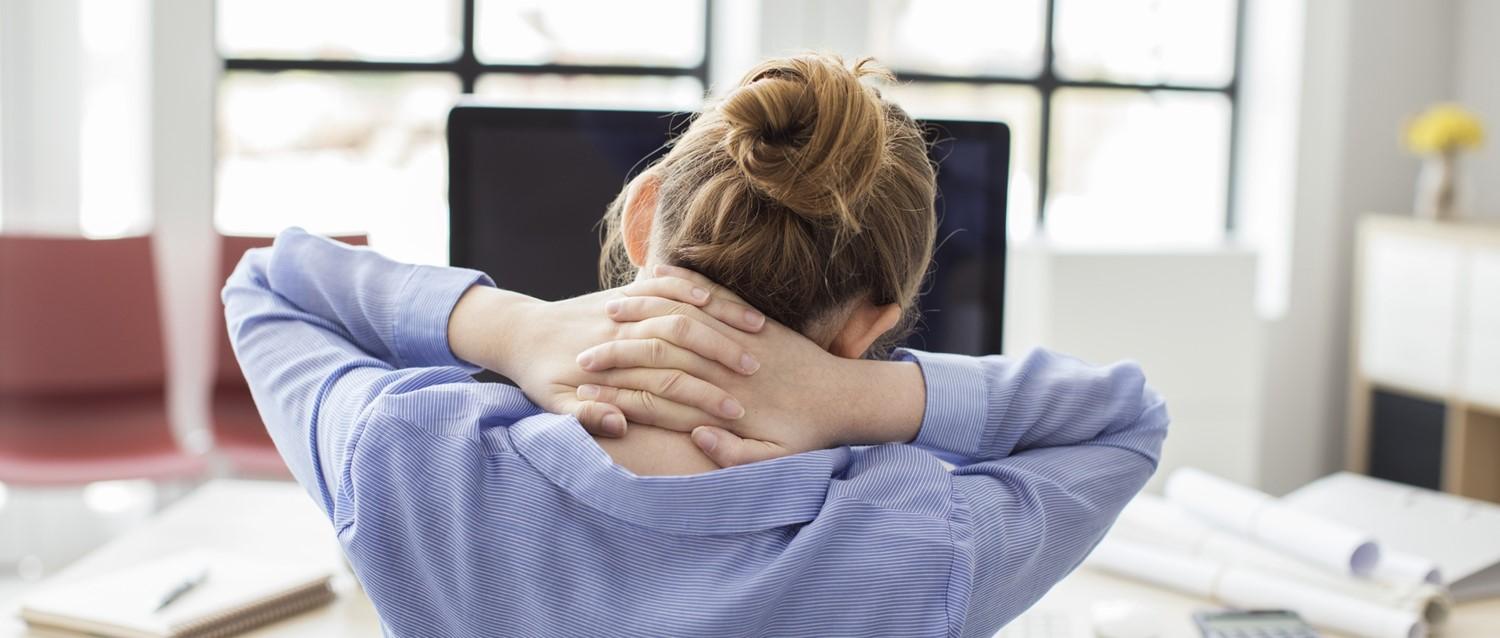
Bones, joints and muscles
How to treat neck pain triggered by moving your head
Neck pains are a real pain in the neck. I guess mine started as a student and was caused by hours poring over medical textbooks. I've had it ever since. So when I read a forum user posting about their experience with neck pain, it rang all sorts of familiar bells.
by Dr Laurence Knott

Bones, joints and muscles
When should you worry about neck pain?
Many of us will get neck pain at some point, often walking up with a sore or aching neck. It's hardly surprising - the neck is a miracle of natural engineering. It allows us to twist our heads in all directions while still supporting the weight of our skulls and protecting the vital nerves connecting our brains with the rest of our bodies.
by Victoria Raw
Continue reading below
Article history
The information on this page is peer reviewed by qualified clinicians.
29 Nov 2017 | Latest version

Ask, share, connect.
Browse discussions, ask questions, and share experiences across hundreds of health topics.

Feeling unwell?
Assess your symptoms online for free